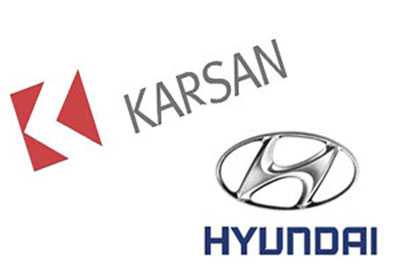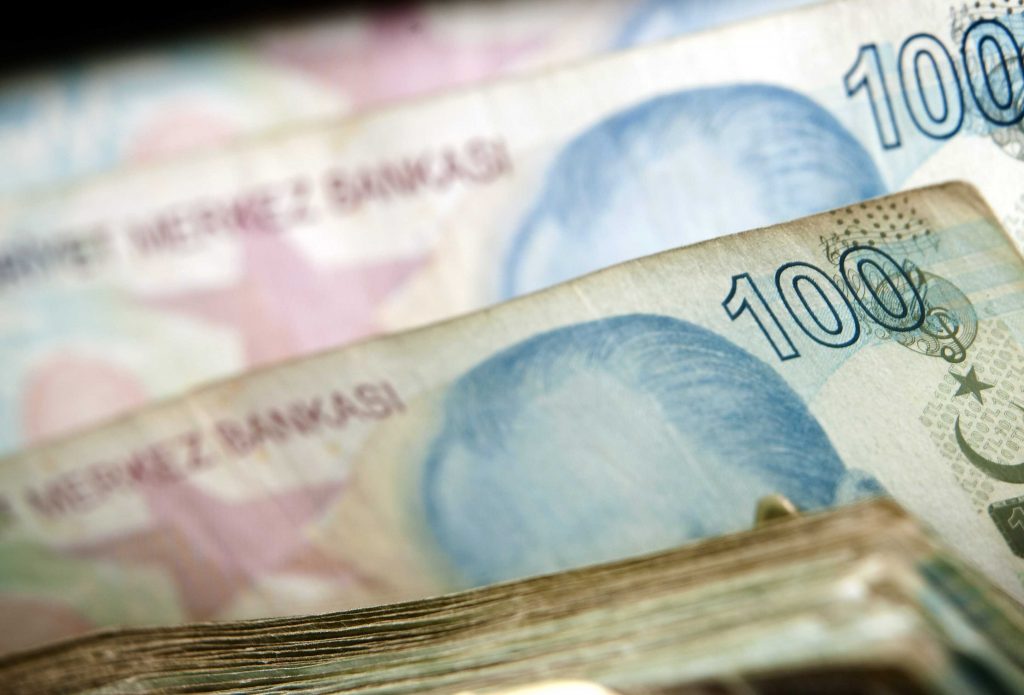The spatial identity of a city is not limited to its buildings. Urban architecture is often complemented by or competes with majestic feats of engineering or lush, elegant landscaping– universally recognizable bridges and parks (such as Golden Gate Bridge in San Francisco or Millennium Park in Chicago) often become the defining landmark of a city.
In New York, the competing, ubiquitous icon is the bright yellow cab. With a supporting (if not starring) role in many New York photographs and movies, the taxi is embedded in the identity and culture of New York. In expansive lobbies and through large windows, fine design is admired by looking out onto the surrounding streets. From the tallest, most famous buildings, sightseers peer over the railings to admire the tiny taxi cabs on the avenues below. The architecture of New York is embedded in its street life, of which taxis are often the stars.
After the jump: the new taxi is a missed opportunity.
A year ago, big news broke that the New York City Taxi and Limousine Commission (TLC) had begun soliciting new designs for the yellow cab. Any search to revamp an icon is challenging; there are the nostalgists, the stalwarts, the radicals—when even small projects take place, there is often immediate outcry and disproportional protest. But the RFP for a new taxi design seemed to have everyone singing a different tune.
The New York Times exuberantly called it ““an opportunity to shape the urban landscape.” Once they had selected three finalists, the TLC (yes, like the 1990s girl group) asked the public to vote for its favorite design on a friendly interactive website. Iconic reinvention at its best!
Quickly, a model by the Turkish company Karsan became the popular frontrunner, gaining the support of politicians and the public alike. The Karsan cab (or Kab, as they called it) featured a skylight roof, kick seats, and wheelchair ramps. And in a major boost to New York’s sagging manufacturing industry, Karsan said the cars would be produced locally, in Brooklyn. Cabs for New York, made in New York. The proposal seemed perfect!
Yesterday, the TLC put an end to any hopes that the new yellow cab will become an icon. Despite overwhelming public support for the Karsan design, they have instead chosen a bland Ford model as the “Taxi of Tomorrow.” The Ford Connect is already in use Boston, Chicago and Philadelphia, and its design is boxy and unremarkable
The chosen Taxi of Tomorrow is a bland Ford Connect. Image: Gothamist.
Sad as the outcome it for New York, this episode frames much larger issue: As cities across the globe continue to grow, they look for ways to make their features universally recognizable. Within this rethinking of urban form and identity, there is much opportunity to transform existing urban elements into icons.
via Architizer Blog » Blog Archive » Taxi of Tomorrow Blahs.




